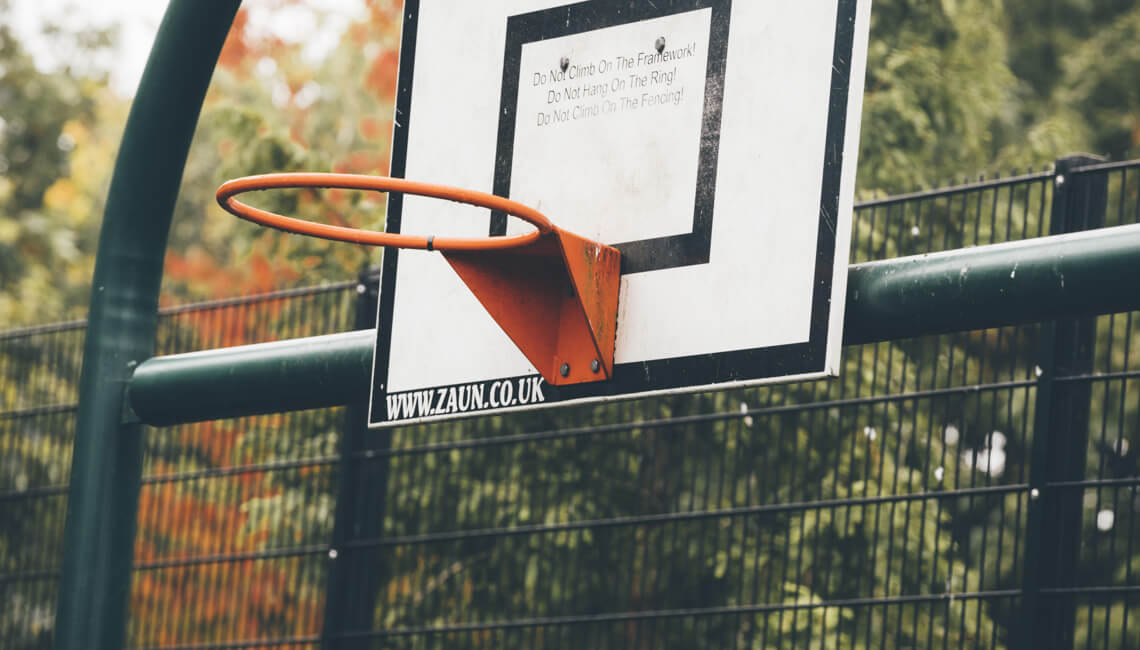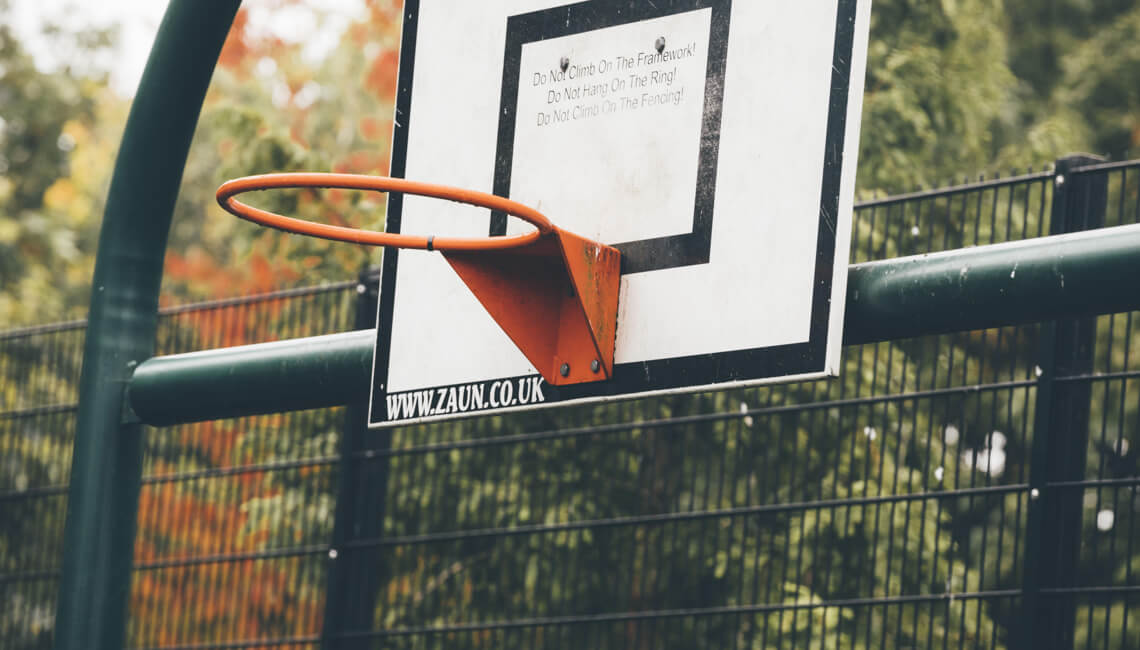In the first of a series of interviews, we fire a few questions at Justin Coleman. Justin is the Co-Founder & COO of Alliance of Sport, an organisation working to build a better and safer society through the use of sport in the criminal justice system. The Alliance is actively helping the Sport for Development sector implement their mission of reducing violence, crime and reoffending through the power of sport.
Q1. Justin, you have spent a long time working in the criminal justice system – what challenges has this posed to monitoring and evaluation?
“In simple terms, a prison/criminal justice journey is a micro-community - a super concentrated squash if you will! Within the system we have contracted out Education, Resettlement services and multiple government departments, all trying to impose their principles/outcomes as the priority for the reduction of offending. Through a recent study conducted using the 10 Pathways Assessment Data from 437 participants (aged 15 - 83 years old, Male and Female) that had gone through the Tier 3 (one to one) support, I discovered that the average ‘Person in Criminal Justice’ received support from 15 organisations, and 52 influential people (from multiple Sectors). The challenge this really poses is the fact that the separate plans that are created for the individual are not intrinsically linked – this poses huge challenges from an M&E perspective!”
Q2. We’ve seen a shift recently to organisations reporting against more consistent outcomes and metrics, however what other trends have you seen working in the Sport for Development sector over last 10 years?
“Over the last 10 years this has been very interesting in the Sport for Development and Criminal Justice System (CJS). From a Criminal Justice and Sport for Development perspective, trends depend greatly on which Government department of the Criminal Justice journey has the relationship with Sport for Development. Home Office (PCC, Police) principles differ from Ministry of Justice, which differs from Department of Health and Social Care/Public Health’s. Due to the complexity and multi-stakeholder involvement this makes it hard for consistent outcomes and common frameworks to be applied. The Sport for Development sector however has responded accordingly and worked alongside various departments within the CJS as there is massive crossover and this has been really positive!”
Q3. You have worked with some of the hardest to reach or most disengaged young people and adults in the country – any advice on best ways to collect or record impact data here?
“Firstly, we need to learn from all ages, stages and gender approaches together - if we limit our view of the problem, we limit the solutions – I would consider the Cartesian Logic (also known as Cartesian Doubt). This is an effective way to examine questions and answers from every angle/perspective. The inference/conclusion that you will get from it, will determine what you should do next.
The four questions being:
1. Straight: What would happen if you did?
2. Inverse: What would happen if you didn't?
3. Converse: What won't happen if you did?
4. Non-Mirror Image Reverse: What won't happen if you didn't?
These questions can then be applied to MEL to look at what would happen if you went through robust MEL processes.
Secondly, MEL starts from the frontline. In short, relationships between your data collectors and participants are key & planning for 'Engagement' (Respect and Trust building is essential) is everything - each of your participants are your validators/trust advocators for the next programme/participant.”
Q4. Finally, as you know, we are placing a large emphasis on learning as part of the M&E process – any advice to organisations who want to learn from their data?
“This is essential! All organisations need to keep on learning. Never assume we have the silver bullet – as it’s just never the case. When working within organic beings (in this case humans) - no two humans are the same, therefore there can't be a one size fits all extrinsic solution to an intrinsic organic complexity.
However, fixed and protective factors can be identified, applied, improved and made explicit. When it comes to M&E these are a consistent, positive and proactive workforce will make a difference.
Take Newton's 3rd Law: "For every action, there is an equal and opposite reaction" if we introduce positive and sustainable approaches/relationships - we will see positive and sustainable results. The issue comes, when we see non-sustainable approaches, staff pulling away, dropping services (whether this is due to funding or shifting priorities) - the equal and opposite reaction will follow. A good MEL process should not only prove that the organisation is capable of doing a good job, and where they can improve - but highlights the 'participants’ needs' - MEL once again, helps us 'know what we don't know' as much as helps us know what we do know.”
A massive thank you to Justin for providing us with amazing insight into the MEL sector.

